Last Modified on
Table of Contents
Quantum Science, an idea of the ancients.
Vedic Quantum Physics in Upanishads and Vedanta is one of the most mysterious topics for modern scholars. Various authors have presented the Vedas to be no more than the hymn dedicated to a mythological Deity. However, the exponents of the Vedic Religion argue that Vedas are Scientific and contain great ideas.
Many Scientists have given a positive nod to the idea of Quantum Physics in the Vedas and Upanishads. This includes Erwin Schrödinger, Niels Bohr, J. Robert Oppenheimer, Werner Heisenberg etc. Most Scientists still cannot make it clear, how the Vedas can be fitted into the framework of modern science, is it possible? For, some it is just like a myth and should not be given importance.
In all the debates, there lies the interest of the greater intellectual audience which seems confused about whom and what to believe, especially when it comes to Quantum concepts of ancient Indian Philosophy. Let’s make it clear at the beginning itself that, Religion and Modern Science should be kept complementary and not as equal because Science depends on doubt and Religion depends on faith. Philosophy can look at both doubt and faith at the same time, so this is a discussion on philosophic grounds.
Before going deeper into the topic let’s understand the meaning of Science and the word Quantum. Science is the systematic inquiry for knowledge but is mostly testable. It is the basic definition of modern Science. However, there exist other versions which we call pseudo-Science and the proto-Science.
The former is false Science where the ideas are non-testable. Another one is proto-Science or the old Science which had separate methods of inquiry for the knowledge in the past, not necessarily the new ones like physics, chemistry, or biology. The ideas of quantum physics in Vedanta can be classified as proto-Science.
The meaning of Quantum is ‘smallest unit of something or everything’. It is an idea where everything is made up of smaller objects called ‘quanta’. Just like, a house is made up of bricks, which is further made up of sands/cement/clay which is further made up of atoms which are further made up of smaller units called electrons, protons, and neutrons.
The study of objects at the level of atoms or below them is called Quantum Physics, more precisely Quantum Mechanics. They can be tested through various Scientific experiments in labs.
Vedas do not directly talk about Atoms and Sub Atomic Particles.

In all four Vedas namely Rig, Yajur, Sama, and Atharva there is no direct emphasis on the atoms and sub-atoms. However, the first mention can be traced to the Upanishads, where it considers, the smallest unit of things creates larger things. This can be first credited to Sage Aruni.
Later on, one of the Indic scholars named Kanad described these concepts more deeply and founded a new school of thought called Vaisheshika. The Bhagawat Purana also considers the idea of atomism, two Paramanu(sub-atoms) makes one Anu(Atom) is the saying in this Purana.
The Anu and Paramanu cannot be directly correlated with modern versions of the atomic theories. It is because ‘Paramanu’ is said to be the smallest particle but in modern science, we don’t know what is the smallest particle. Most probably what we know as of now is, protons and neutrons are also made up of smaller particles called quarks and each one of them comes in pairs.
There is one more theory that says the finest objects can be vibrational strings smaller than the electrons, quarks, etc. from which everything is made up. This is called String theory.
There is one co-incidence when modern Quantum Physics considers the finest object called strings to be ‘vibrational’. It is in such a way that, some of the Upanishads like Mandukya Upanishad, the vibration of sound ‘OM’(Symbolised) is thought to be the finest quanta of anything. Although the Upanishad also says, the ‘whole’ is also ‘OM’.
The big confusion.
Now here comes the big confusion, how come the ‘whole’ and the ‘smallest quanta’ be the same? It is just like saying, a sand grain is equal to a moon. Strange isn’t it? This gives rise to philosophic investigation rather than scientific. So, let’s explore.
In Sanskrit there are two words Vrahm(भ्रम)and Brahm(ब्रह्म), they have similar kinds of pronunciation but one is confusion and another is ‘answer’.
From the word ‘Brahm’, there comes another word, Brahman which is considered to be the ultimate reality. There shouldn’t be any confusion with the caste Brahmin and the word Brahman. You can read our previous article to get a clear picture. Brahman is the ‘whole’ or the ’everything’. In a reductionist view, it is the Universal Soul.
The Upanishads talk about the concept of Atman or the individual souls. On the first investigation, Atman can be said to be of distinct type but later on, this becomes something else. This again is Brahman. Understanding the union of Atman and Brahman is said to be the aim of life. Atman=Brahman is the ultimate idea of reality as per the Vedanta.
What is similar in modern science?
To get a more clear picture, let’s understand one more thing. Can an animal be dead and alive at the same time? You might be thinking, now why the argument of animals coming in whole confusing stuff. But, wait, there is the most interesting stuff of Quantum Mechanics ahead.
Spoilers: It’s about Schrödinger’s cat. ‘Meaoww’
One of the founding fathers of Quantum Physics, Erwin Schrödinger had actually considered it before getting his famous equation. This is not a real experiment but a thought experiment.
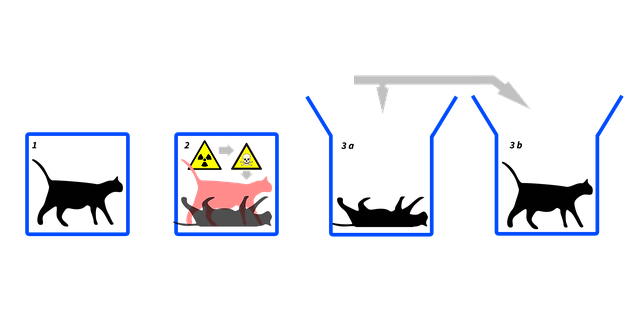
Think that you have placed a cat in a box with a small fraction of radioactive substance, a hammer and an instrument called a Geiger Counter attached near it. When this radioactive substance is decayed, this acts as a poison. Within one hour, the decayed substance can reach the counter to trigger the release of the hammer and kill the cat.
But Interestingly, the decay of radioactive materials is always governed by the laws of quantum physics, let’s call it laws of quantum mechanics. The laws suggest that decay of radioactive material happens slowly and they have some directions to follow, the decay happens or not, or whether it reaches to cat or not, cannot be known unless you see the Gieger counter or open the box.
So you don’t know whether the cat is dead or alive unless you open the box and see the counter and the cat. So here what we assume is, the cat is both dead and alive at the same until the box is closed.
Third-party and the Observer.
Unless a third party in between the cat and the poison would open the box it will be never known whether the cat is dead or alive. Let’s call this third party an observer. The observer impacts the things in the experiment. Here the experiment is the cat’s life.
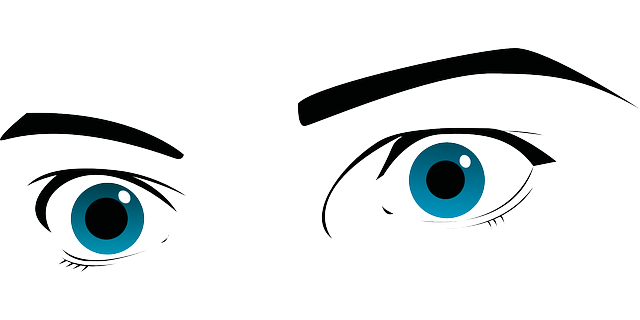
The major thing is quantum mechanics is absurd while explaining these things for bigger objects which many of Scientists believed in including Albert Einstein. The observer is there to see the things, that’s why the things exist in modern physics-related observations. However, in reality, the event has happened for sure. The cat cannot be simply dead and alive at the same time. It should either be alive or dead. It is a strange situation.
Two of Scientists namely Heisenberg and Bohr are primarily credited for such interpretation. In modern days we know it by the name Copenhagen interpretation.
The Strange.
After the observer observes the phenomenon, we can apply some not-so-easy mathematics called ‘wave function’ and ‘Schrodinger’s Equation’ to understand how and where the atoms are moved while they decayed.
The wave function acts strangely in time.
But wait? It’s all about probabilities. So, what’s beyond probabilities?
Let’s have another thought experiment, you take food at 8 am, go to school at 9 am, go for lunch at 1 pm, and so on, let your condition be called ‘state’ and all your condition as ‘states’. In all the states there is only the existence of you. It is you only right? To make it more clear we can have another example, in childhood let a person had a height of 3 feet, in teenage, he had a height of 4 feet and in an adult, he had a height of around 6 feet. In all the states, shape and size have increased but the person is always the same. At all the times you grow or move but at the time of the experiment, you are always in the Present Time, i.e. your existence. So when a dumb observer observes you, he sees only the presence of you.
Similarly, subatomic particles can exist in multiple states at the same time. Let’s say in position and condition A, it has one state, in position and condition B it will have another state, and so on.
For electron, unless you measure it, it can be in any position. It is such that, there are many states of quantum mechanics observation too but all the states can be combined to get similar/same kind of stuff which is predictable through Probabilities.
But again wait, there is another term associated with it.
This is called wave function collapse. It suggests, the probability of happening a single state at a particular time remains unity( surely happen!) at the time of measurement but there exist many other states.
In other states of sub-atoms, there could be the formation of another universe too.
Such an interpretation is called Many-World-Interpretation. It is popularised by Bryce DeWitt and was proposed by Hugh Everett. This gives rise to the idea where there can exist many simultaneous universes lying within one big Universe. Let’s call this big Universe a Multiverse.
Duality
The particles act as waves too. See the light, scientists say that light is made up of smaller particles called photons. They can behave like waves and particles at the same time.
What about your own wave function applied to your body. It’s bizarre and crazy, right? There could be different versions of you, different versions of earth, different versions of galaxies, etc.
Cool! that’s the whole psychology thing but can we know different states of our existence in any of the above conditions.

The whole confusion happens because we observe things in different ways through our eyes. Our eyes see things, not as a wave, it is because there is a limit to observation, even for the instruments which we call Heisenberg’s Uncertainty Principle. There can be other limits of observation too. For example, the earth is moving, do we feel it? In the same sense, the earth might be moving like a wave, which we will not feel and there is no way of applying mathematics through the Quantum Mechanics Point of view to it.
We had chosen the higher version of reality to understand it. This is called classical mechanics. All bigger objects are being studied using distinct sets of other kinds of mathematical stuff. Mostly these can be credited to Albert Einstein who followed the path of Newton but in a unique and upgraded way. For now, these two fields of study(classical and quantum mechanics) are not being combined perfectly and we don’t have answers to many questions. Probably, when they are combined, we get a single equation with a wave function attached to it or not that governs the whole Universe or the big Multiverse.
Can the big and small be the same?
Let’s come back to the concept of Atman and Brahman. In the holistic way of Upanishads/Vedanta, to understand all at once.
Maya, the symmetry.
The literal meaning of Maya is a mirror. Schrodinger had thought that the idea of pluralization of consciousness and the notion of many souls be callow. He considered the idea of plurality to be mere, deception or Maya:
“The same illusion is produced by a gallery of mirrors, and in the same way Gaurisankar and Mt. Everest turned out to be the same peak seen from different valleys.”
Erwin Schrödinger
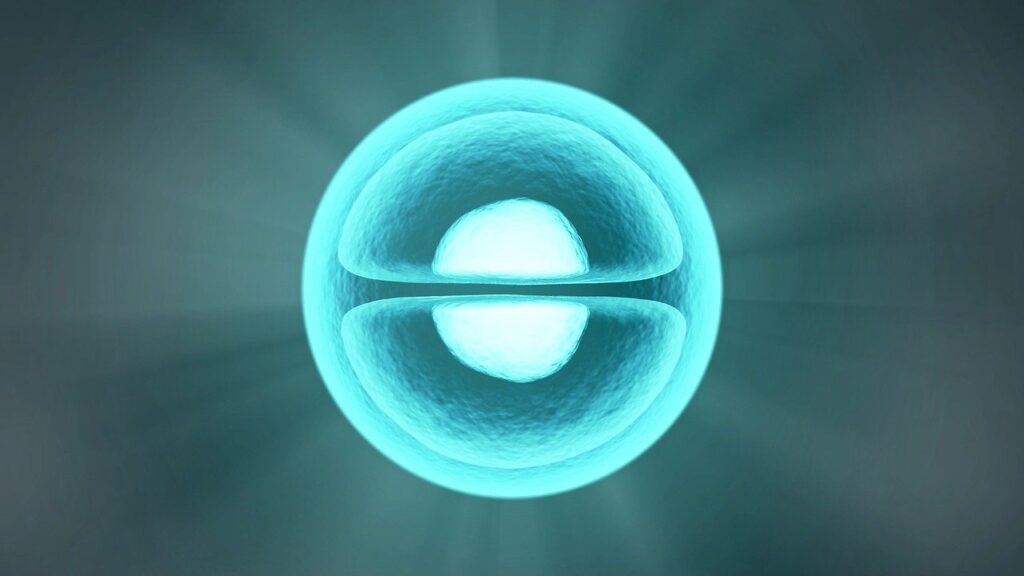
In Quantum Mechanics we have particles having antimatter. Just like if we have an electron, there exists another particle having an opposite characteristic in position and charge. This is called Positron. Again, when you see plants and animals, things exist in symmetry. Just see the mirror, you exist there in the mirror but you become opposite there. Your left becomes right, and your right becomes left. In reality, in the mirror, it is ‘you’ only.
There is one more concept in Quantum Physics called Supersymmetry and Mirror Symmetry of String theory. This concept has led to an incomplete theory of the universe called M-Theory which is said to be the theory of everything. Maybe we will get a similar kind of concept in Science too after the M-Theory or any other theory of everything is established.
So, the pluralism is due to the Maya or the Mirror as per the Vedanta, or maybe in M theory too, M probably stands for Maya/Mirror. There is the multiplication of the same thing. This is in such a way that everything is the multiplication of the same principle found in the smallest thing. The Atman is always multiplied using the Maya but remains the same until it becomes Brahman. The characteristic is always the same. Atman not necessarily means the smallest of the elements, but it is the biggest of the element too. However, there always exist laws for multiplication. These laws are the ‘laws of physics, which is called Rta in the Vedas but Rta is more philosophic rather than Scientific.
OM, the vibration.
In most of the Vedanta, OM is considered to be only ‘Brahman’. This is the vibration that pervades the whole Universe. The concept of OM also cannot be directly correlated with that of string theory because it is the subject of Modern Physics. There are many interpretations of the word ‘OM’ in the ancient world. In one way, it is the idea of conscious stages in the beings from wakefulness to Nirvana( complete union). You can click here to read more about Consciousness and Sciences.
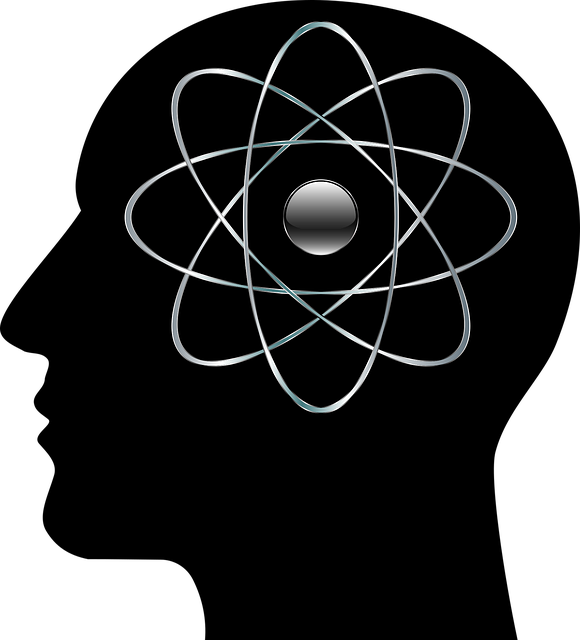
Some of the amateur scholars having confirmation bias often correlate the word OM with the modern scientific interpretation of atoms. This is a wrong thing to consider because the whole concept of OM was developed by Indic Scholars and Sages for spiritual enlightenment. Here is a link to the answers to some frequently asked questions on enlightenment.
So, we can conclude by saying there is Quantum Physics exists in Vedanta and Upanishads but at the same time, there is no existence of Quantum Physics in Vedanta and Upanishads.
Schrodinger has always been a supporter of Eastern Philosophy, especially that of the concept of Atman and Brahman of Hinduism. He came to know about the Upanishads from one of the greatest philosophers of Germany, Arthur Schopenhauer. In many of his conferences, he often referred Atman=Brahman. Also, he was so fascinated by the idea, he kept the name of his loving pet dog as Atman.
The Scientists like Bohr and Oppenheimer have always talked about Indian philosophy. From the Bhagawat Gita, once Oppenheimer had said “Now I am become Death, the destroyer of worlds” after atom bombs were dropped.
He was also fascinated by the idea of Indian Philosophy so deeply that he had to learn Sanskrit just to read the Bhagawat Gita. However, some of the modern politically motivated Scientists due to the idea of ‘Scientism’, a political belief where science is only thought to give an answer to reality, are subjected to ridicule the ideas of Upanishads to be just the campaign of Eastern Mysticism. In Reality, real Science is just about a process of developing knowledge through measurable quantity. Let Science rise beyond dualities.
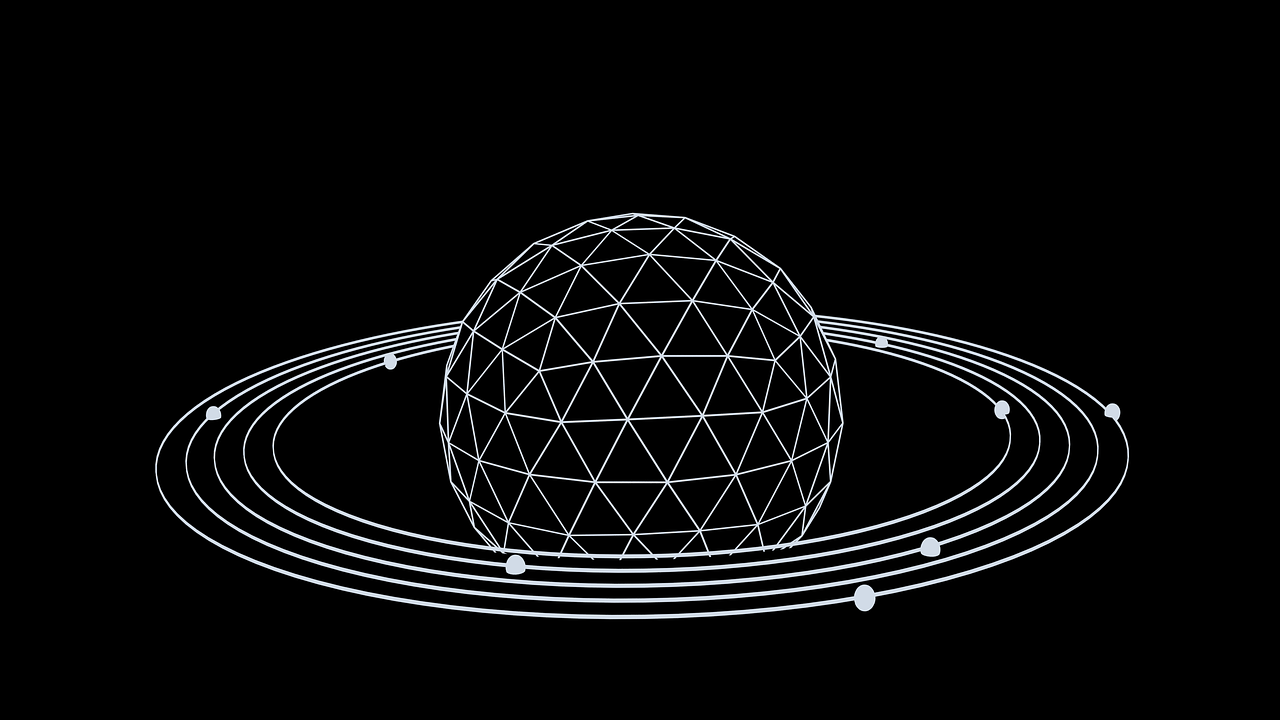


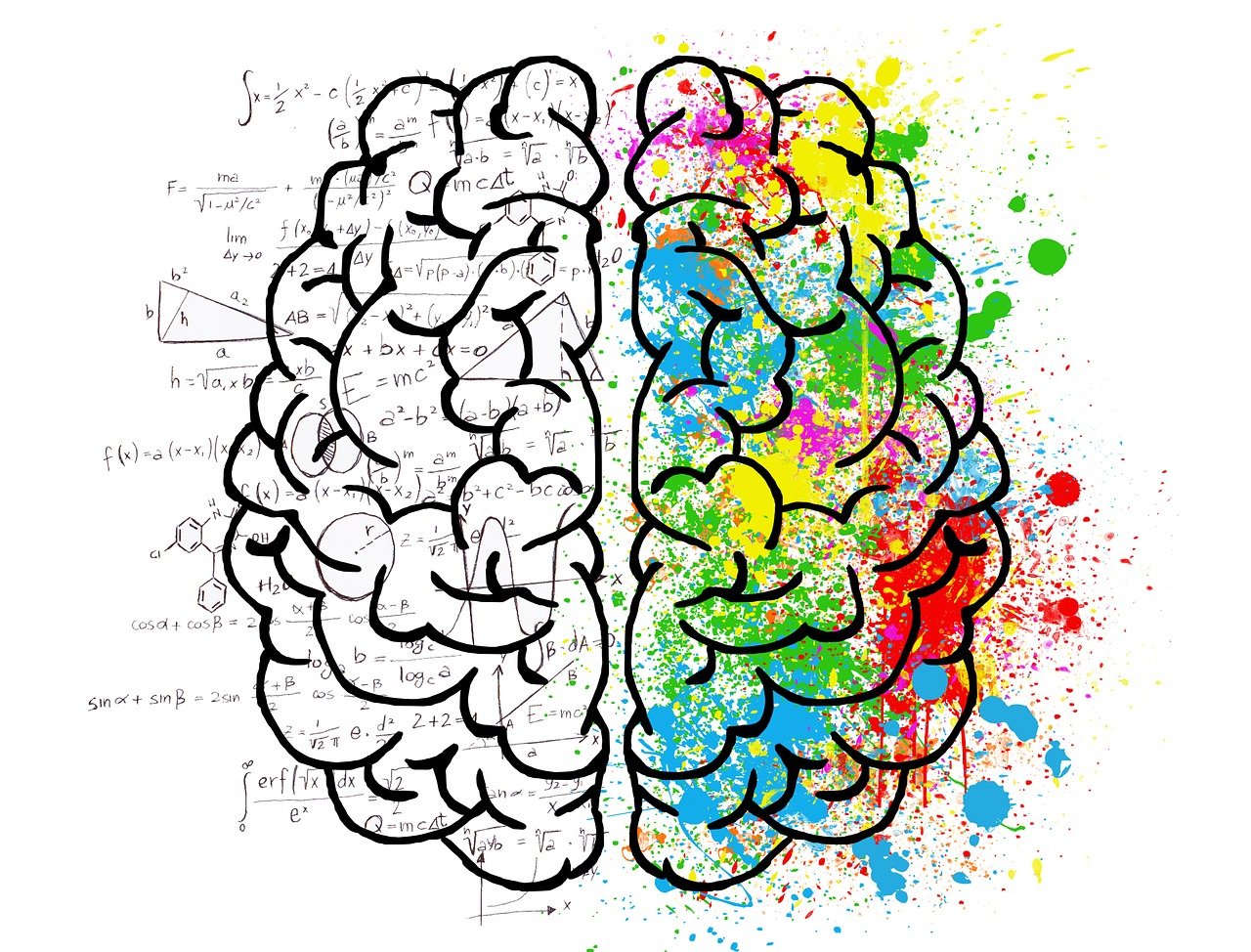
Leave a Reply